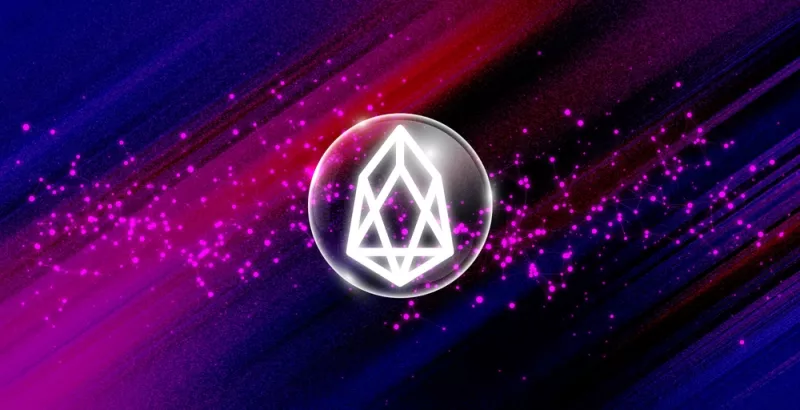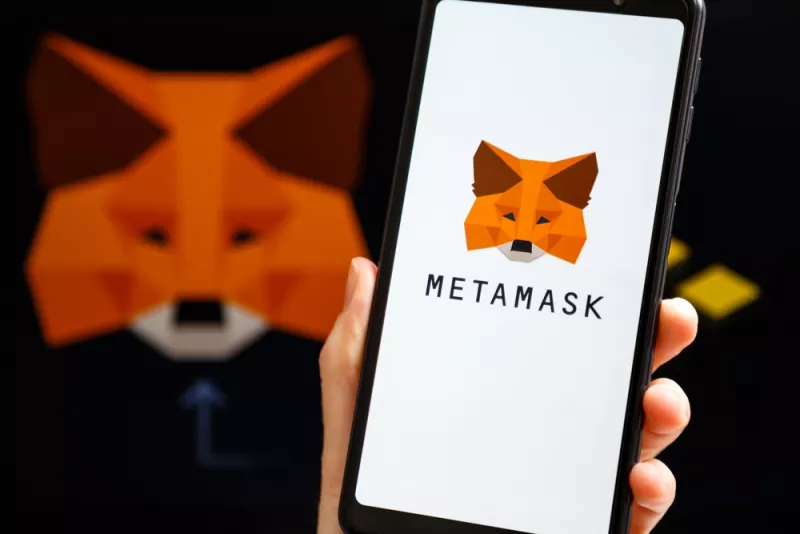Review
Learn more about EOS Token.
EOS Token Review
When investing in virtual currency, you need to do your research. We provide you with reviews of each world top cryptocurrency out there, so that you can find the best crypto coins to invest in for you. This is a review of EOS Token.
EOS.io intends to generate the world’s most influential infrastructure for decentralized applications. That is a mighty ambition… It launched in 2017 and is a scalable blockchain built with the intention of competing for market shares in the DApp space with Ethereum and the other major players. EOS plans to enable hosting of applications parallel to the Ethereum chain. Additionally, they aim to create IT-architecture that enables for commercial level scaling.
What is EOS.io?
EOS is a blockchain technology platform that rotates around the use of EOS tokens. EOS tokens were launched in an ICO on 1 July 2017. At the date of writing this review, the EOS token has a market cap of almost USD 5 billion, easily placing it among the top 10 cryptocurrencies out there. The daily trading volume is today around USD 500 million.
EOS is parallel to Ethereum. Like Ethereum, EOS is a smart contract hosting platform intended for open source projects and consumer-facing decentralized apps (DApps). The objective of EOS, at launch, was to take a market share from Ethereum.
EOS is a new take on Ethereum’s virtual machine. It is built around a disseminated operating system-like construct where developers can build apps. The Block.one team created the platform.
How Does EOS Work?
EOS is a platform where developers can build decentralized apps. EOS token holders can stake their coins to fund application development on the EOS network. In the meantime, users can participate in EOS apps for “free” without purchasing EOS tokens. EOS’s proof of stake system ensures allocation of bandwidth in proportion to EOS staked within an application.
This project uses something called Delegated Proof of Stake (DPOS) to maximize transaction speeds to a place. We won’t go into more detail on exactly what this is (see the article by Hackernoon explaining DPOS instead). Steemit has actually implemented a comparable perception created by Dan Larimer (the founder of EOS).
One of the exclusive benefits of the EOS blockchain is that it does not experience any divisions. This is because block producers assist to create blocks rather than compete. In the event there is a split, consensus repeatedly switches to the longest chain.
***


 Hassan Maishera
Hassan Maishera













